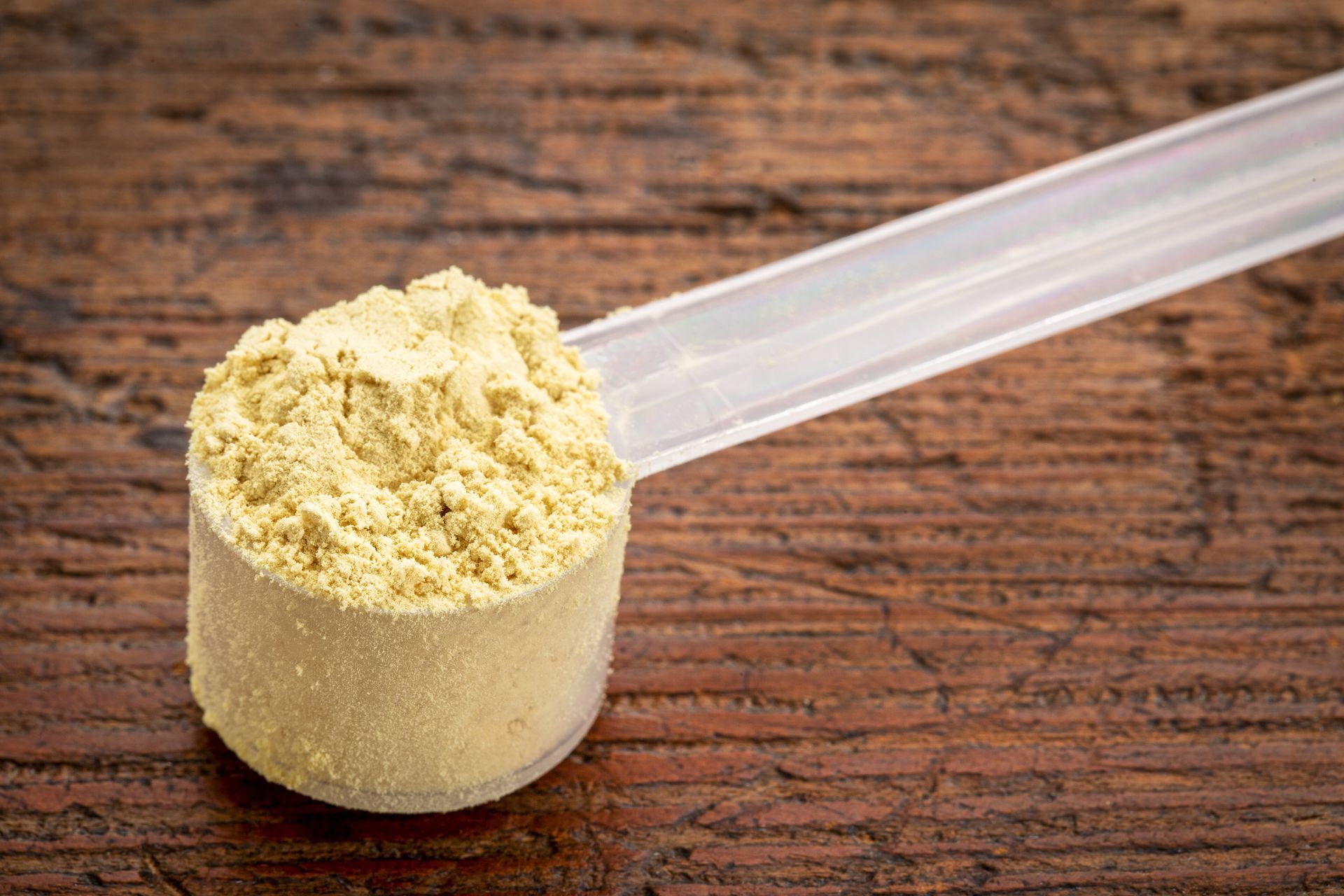
COACH’S CORNER - Durability and Ultra Running by Joshua Duff
Joshua Duff covers what is 'durability', how you can improve it, and how it might impact your race performance

It may seem obvious, but one of the challenges of ultrarunning is the duration of races. It stands to reason that as an ultra goes on in duration, the effort to sustain a specific pace/power will increase. However, it is possible to extend this inflection point with the development of durability as a key physiological characteristic of the ultrarunner. What is “durability”, how can we improve it and how might this impact our race performance?
WHAT IS DURABILITY
Durability can be defined as an athlete’s resilience to the negative effects of prolonged exercise on their physiological profiling characteristics (1). In ultrarunning and endurance sports events, this usually comes in the form of muscular durability, aerobic durability, metabolic durability and mental durability. For the sake of this article, we are referring to the physiological characteristics of muscular, aerobic and metabolic durability.
In the recent research, durability has been specifically measured (in endurance cyclists) at the first threshold (a.k.a. aerobic threshold). For example, in a 2022 (2) study, cyclists performed a step test with their lactate, power and heart rate measured to identify their physiological thresholds, followed by 2.5 hours at 90% of their first threshold, followed by a second step test. Unsurprisingly, the study found that power output in the second step test declined compared to the first, and heart rate was higher in the second step test compared to the first. These two measures showed a decline in muscular and mechanical efficiency (muscular durability) and cardiovascular drift (aerobic durability). Although not in ultrarunners, this demonstrates the benefits of being a more durable athlete – those with better developed durability will be able to holder higher intensity for lower aerobic output for longer periods of time.
However, one key difference to acknowledge in terms of muscular durability for ultra runners is the impact and load of running in general, but particularly on trails, uphills, downhills and different surfaces, and the role this plays in durability.
HOW TO IMPROVE DURABILITY
It’s important to note that, at present, there is no clear understanding on the best methods to improve durability. There is some research, but most of the strategies below are based on historical training and coaching, and intuitive understanding of physiology.
Long Low-Intensity Sessions
Intuitively, it makes sense that long low-intensity sessions and repeating this stress as well as extending the duration of this stress leads to improvements of durability. A 2023 study which investigated the effects of both low-intensity training and high intensity training found that long low-intensity sessions (i.e. 3 hours+) improved the durability of endurance cyclists (5). Logically, this would also be the case for ultra runners. But we also know from years of training and coaching that long low-intensity sessions improve an athlete’s capacity for repeating this stimulus at a lower effort.
Work Under Fatigue
Work under fatigue can be a suitable strategy to build durability as it forces the body to adapt to performing under both mental and physical fatigue which is an inherent element of ultra running performance. It is, however, also an area where care must be taken or is likely more suited to more experienced athletes as any stress under fatigue can potentially lead to injury or illness.
This can be approached in a number of ways;
- High intensity interval training followed by extended periods of time at low-intensity or race like intensity to develop durability to manage this stress on race day
- Double run days where the first session of the day is higher intensity followed by a lower intensity session later in the day under fatigue (or vice versa)
- Back-to-back long runs where the first day is a long low-intensity session, and the following day is another long low-intensity session under fatigue
- Back-to-back training days where the first day is a higher intensity session, and the following day is a low-intensity session under fatigue (or for additional durability development, a long low-intensity session)
High Intensity Interval Training at the End of Long Low-Intensity Sessions
A 2022 study (3) investigated if performing high-intensity training (HIT) at the end of long low-intensity training sessions enhances durability. One group performed HIT at the end of long low-intensity sessions, where the control group performed HIT and low-intensity training on separate days. The data revealed some distinct differences in adaptations to physiological variables depending on the timing of HIT. Specifically, performing HIT at the end of long low intensity training sessions increased the participants capacity for holding high intensity under fatigue. Although the study was on cyclists, the strategy of including HIT training at the end of long low-intensity training sessions is also a valid one for improving durability in ultra runners.
Sufficient Carbohydrate Intake
There is some evidence to suggest the depletion of our muscle glycogen fuel stores during prolonged exercise contributes to reduced durability (4). Essentially, as the body depletes its muscle and liver glycogen stores, it’s capacity to maintain output reduces. Therefore, it makes sense that fuelling sufficiently will lead to improved durability. However, there is also evidence to indicate that endurance athletes with higher rates of fat oxidation are more durable (3). Therefore, both appropriate fuelling and the development of fat oxidation can help to improve durability.
Programming
Possibly one of the more underrated strategies for building durability is simply in the overall program and building consistency week on week, month on month. The repeated stress of training at a regular frequency will develop your durability as the body adapts to these demands. A smart training program with time and space for recovery, some high intensity work, some long low-intensity work and consistent training stimuli is the baseline for developing durability.
THE BENEFITS
You work on building your durability and now race day is here. What should this mean for your performance? In the simplest terms, it should allow you to sustain your race day intensity for longer periods of time. It should enable you to continue to feel strong over the duration of your event, possibly provide you with more strength and speed at the back end of an ultra, and even enable you to feel more mental acute at the back end of an ultra.
So yes, take in to account developing your durability in your next training cycle and reap the rewards come race day!
Joshua duff is the director and head coach at smurf endurance sports based in cairns, far north qld. he specialists in ultra running and ironman triathlon, however works with athletes from first time 5k runners to 200 mile and multi-day athletes. Find out more about josh and smurf endurance sports at smurfandsmurfette.com.au
iF YOU WOULD LIKE MORE INFORMATION ON BEING TRAINED BY josh, CLICK THROUGH HERE TO OUR AUtRA ENDORSED COACHES PAGE.
REFERENCES:
Maunder E, Seiler S, Mildenhall MJ, Kilding AE, Plews DJ. (2021). The importance of ‘durability’ in the physiological profiling of endurance athletes. Sports Medicine 51: 1619–1628, 2021. doi: 10.1007/s40279-021-01459-0.
Stevenson JD, Kilding AE, Plews DJ, Maunder E. (2022). Prolonged cycling reduces power output at the moderate-to-heavy intensity transition. Eur J Appl Physiol. 2022 Dec;122(12):2673-2682. doi: 10.1007/s00421-022-05036-9. Epub 2022 Sep 20.
Gallo G, Rønnestad B, Sandbakk Ø, Skovereng K, Maunder E, Gotti D, Tallaksen L, Faelli E,
Ruggeri P, Meloni A, Codella R, Filipas L. (2022). Performing high-intensity training following prolonged exercise impacts durability-related adaptations. https://iris.unige.it/retrieve/95fb7114-95f5-4525-94ea-64bdc7d34cb0/phdunige_4965424.pdf
Nielsen J, Jensen R, Ørtenblad N. (2024). Assessments of individual fiber glycogen and mitochondrial volume percentages reveal a graded reduction in muscle oxidative power during prolonged exhaustive exercise. Scand J Med Sci Sports 34, 2024. doi: 10.1111/sms.14571.
Matomäki P, Heinonen OJ, Nummela A, Laukkanen J, Auvinen E, Pirkola L, Kyröläinen H. (2023). Durability is improved by both low and high intensity endurance training. Front. Physiol. 14:1128111. doi: 10.3389/fphys.2023.1128111









